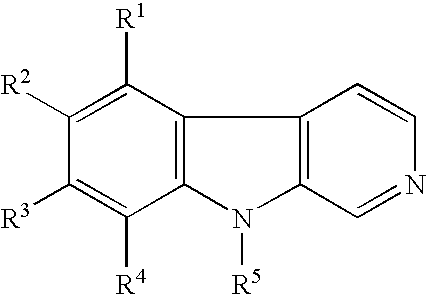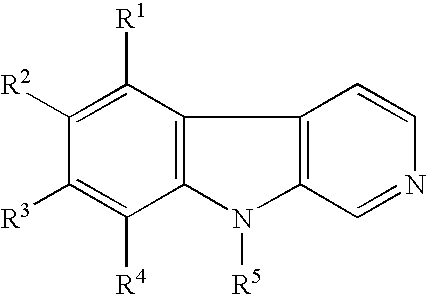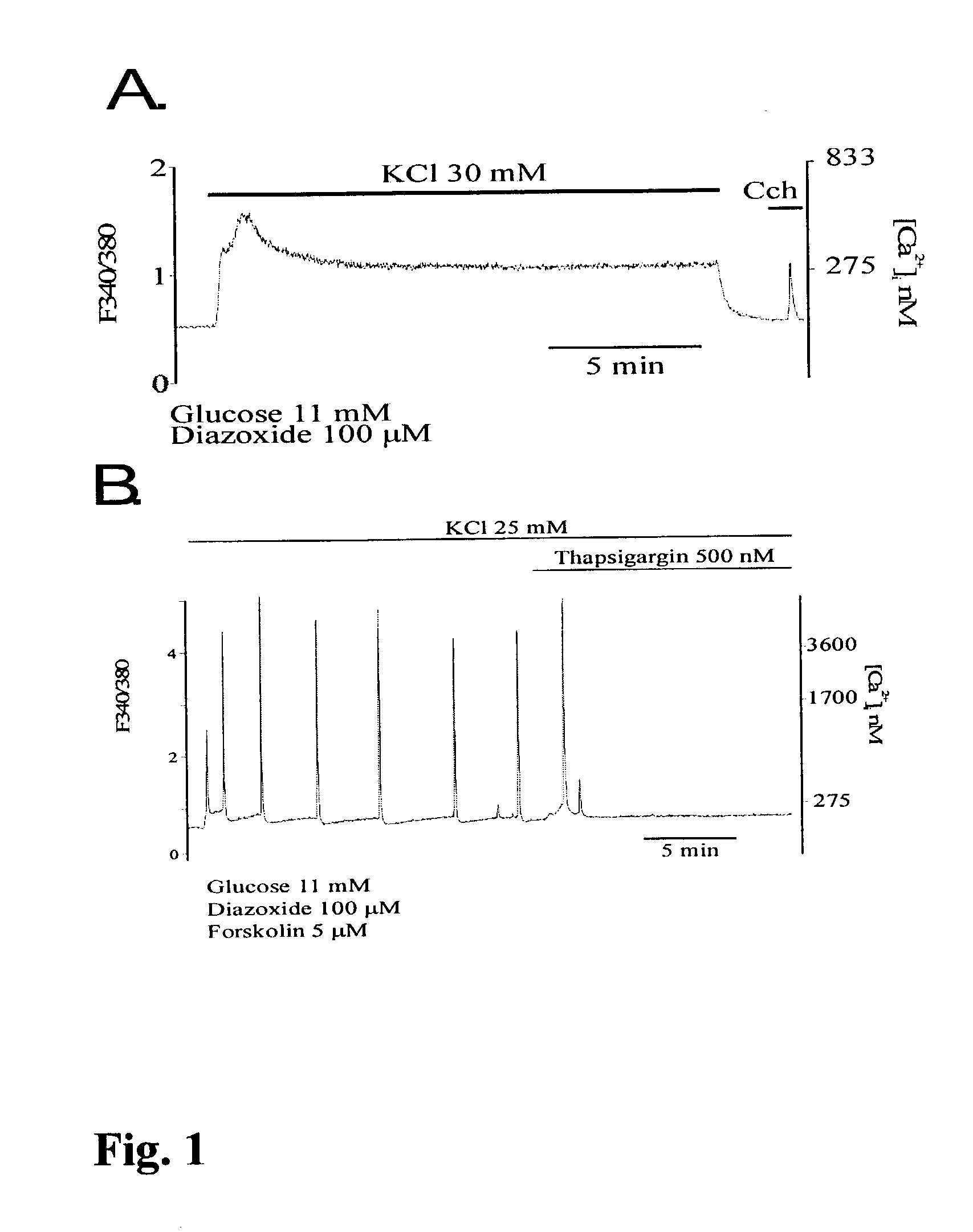Method of identifying insulin secretion stimulating compounds, and the use of such compounds in treating insulin-secretion related disorders
a technology of stimulating compounds and insulin, which is applied in the field of identifying insulin secretion stimulating compounds, and the use of such compounds in treating insulin secretion related disorders, can solve the problems of increasing the risk of complications and causing fatal hypoglycemia, and achieves the effect of easy detection of signals and more accurate results
- Summary
- Abstract
- Description
- Claims
- Application Information
AI Technical Summary
Benefits of technology
Problems solved by technology
Method used
Image
Examples
example 1 control experiment
[0072] In FIG. 1A, a control experiment according to the following protocol is shown. The cells in the chamber are perifused with the physiological solution containing 11 mM glucose and 100 .mu.M diazoxide (solution A). The [Ca.sup.2+].sub.i at the beginning of the experiment is about 35-100 nM. This can be estimated roughly by looking at the 340 and 380 signals. If resting [Ca.sup.2+].sub.i appears to be unusually high the cell should be excluded from experiment and a new cell selected instead. The fluorescence signals should be stable. If the fluorescence signals decline rapidly indicating leakage of fura-2, the cell should be excluded from the experiment and a new cell or a new coverslip chosen for experiment. Such leakage of Ca.sup.2+ indicators or high basal [Ca.sup.2+].sub.i are signs of poor health of the cells and such cells are not suitable for use in screening for CICR-active agents. When fluorescence is stable (usually 30 s to a few minutes), the solution is changed to on...
example 2
[0073] A new cell from a new coverslip is taken for experiment and is perifused with solution A, which in addition contains a test substance that is likely to trigger CICR. The procedures described for the control experiment are repeated for the test cell, and at an appropriate point of time solution B containing in addition the test substance is added. In FIG. 1B, this is shown for the substance forskolin (5 .mu.M). In a typical positive response [Ca.sup.2+].sub.i first goes up to a level and then goes up even further in the form of a large and transient spikes, which then returns to an elevated level of [Ca.sup.2+].sub.i. This is a form of amplified Ca.sup.2+ signal. Following this there is then a series of amplified Ca.sup.2+ signals appearing at variable intervals. The initial amplified Ca.sup.2+ signal may be missing in some responses but still the subsequent periodically amplified Ca.sup.2+ signals are present. The response is characterized by following properties: 1large [Ca....
example 3
[0075] Example 2 was repeated, except that the cells were perifused first with solution A and then with solution B. After [Ca.sup.2+].sub.i had increased to a plateau level by solution B, a new solution B containing in addition the test substances was added. The new solution B containing the test substance may then give rise to the periodic amplification of Ca.sup.2+ signals, if the substance is a CICR active agent.
PUM
| Property | Measurement | Unit |
|---|---|---|
| wavelengths | aaaaa | aaaaa |
| wavelengths | aaaaa | aaaaa |
| wavelengths | aaaaa | aaaaa |
Abstract
Description
Claims
Application Information
 Login to View More
Login to View More - R&D
- Intellectual Property
- Life Sciences
- Materials
- Tech Scout
- Unparalleled Data Quality
- Higher Quality Content
- 60% Fewer Hallucinations
Browse by: Latest US Patents, China's latest patents, Technical Efficacy Thesaurus, Application Domain, Technology Topic, Popular Technical Reports.
© 2025 PatSnap. All rights reserved.Legal|Privacy policy|Modern Slavery Act Transparency Statement|Sitemap|About US| Contact US: help@patsnap.com



